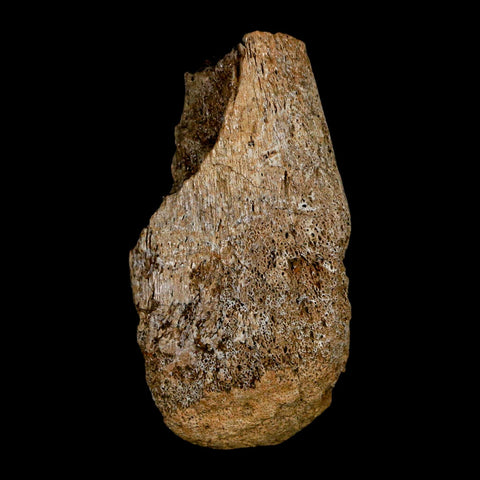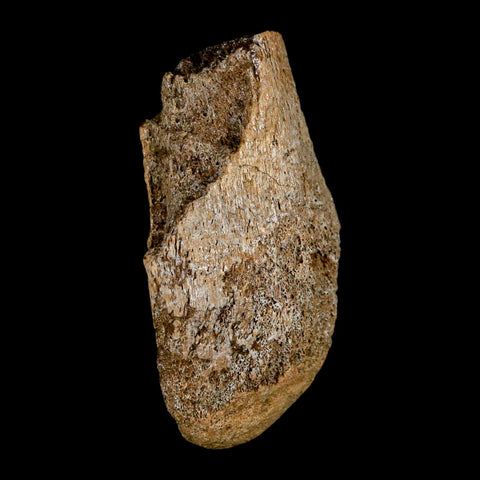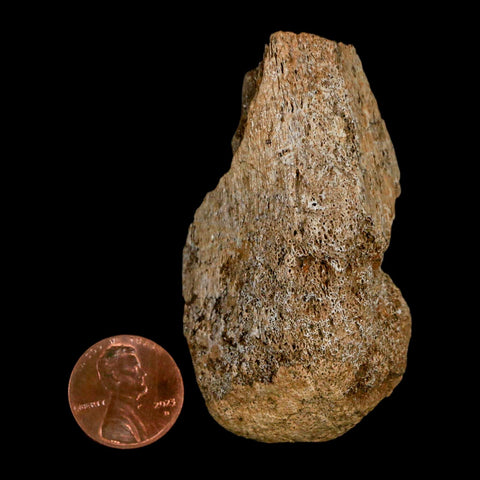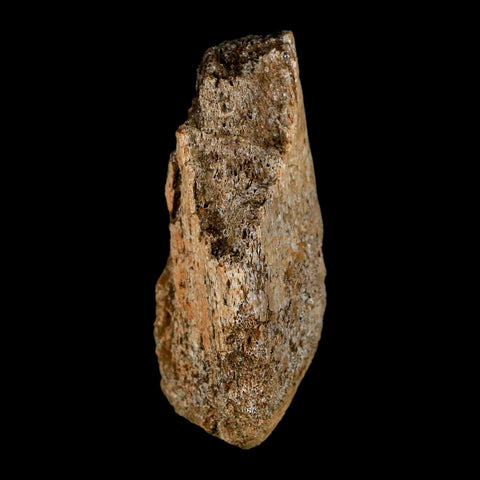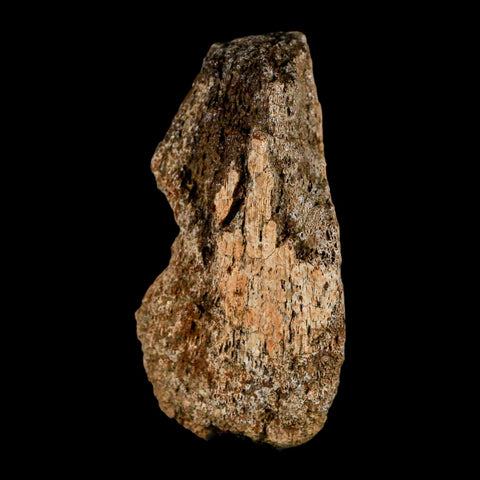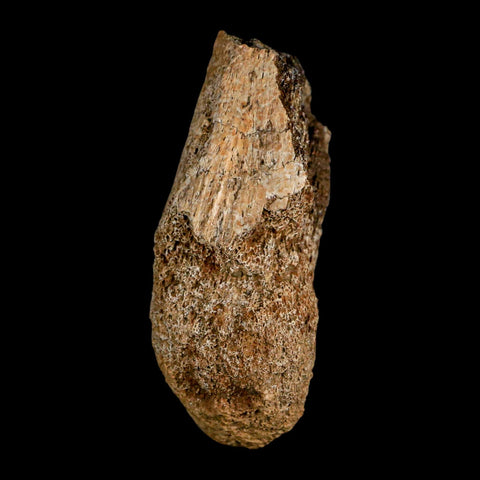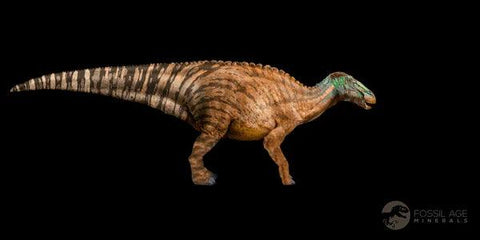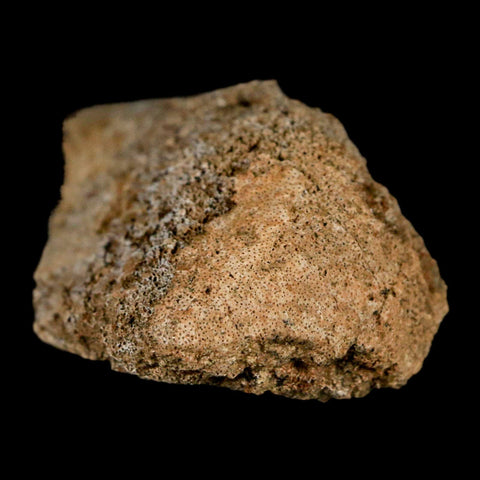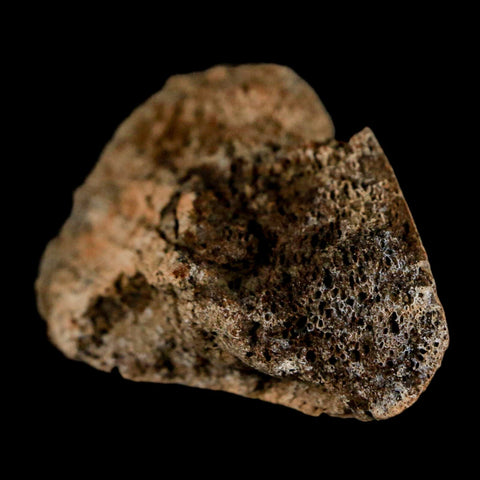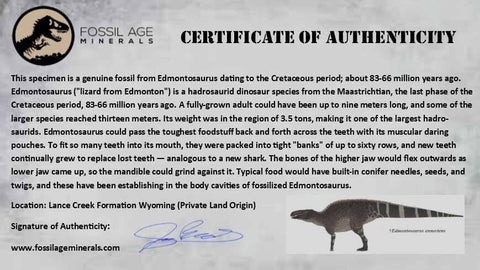2.6" Edmontosaurus Fossil Limb Bone Lance Creek FM Cretaceous Dinosaur WY COA
Location: Lance Creek Formation, Wyoming (Private Land Origin)
Weight: 1.6 Ounces
Fossil Dimensions: 2.6 Inches Long, 1.5 Inches Wide, 1.1 Inches Thick
Comes with a Certificate of Authenticity.
The item pictured is the one you will receive.
Edmontosaurus, meaning “lizard from Edmonton,” was a prominent hadrosaurid dinosaur that lived in North America during the Maastrichtian stage of the Late Cretaceous period, about 71–65 million years ago. Adults typically measured around nine meters long, with some reaching up to thirteen meters, and weighed roughly 3.5 tonnes, making it one of the largest herbivorous dinosaurs of its time.
This duck-billed dinosaur had a highly specialized feeding system. Its jaws contained up to sixty rows of teeth, continuously replaced to grind tough vegetation such as twigs, seeds, and conifer needles. Muscular cheek pouches helped move food across the teeth, while flexible jaw bones allowed efficient chewing and grinding. Fossil evidence confirms it was both a ground-level feeder and a low tree browser.
Remarkably, fossils from Wyoming preserved scaly, leathery skin and tubercles along the back, tail, and neck, emphasizing its distinctive duck-like appearance. Edmontosaurus was primarily bipedal, but capable of walking on all fours, with forelimbs adapted for support and strong hind limbs for movement. Its low-tilted spine enabled efficient feeding close to the ground.
Although it lacked defensive adaptations, Edmontosaurus relied on keen eyesight, hearing, and smell to detect predators. Studying this dinosaur reveals important insights into hadrosaurid anatomy, feeding behavior, and Late Cretaceous ecosystems, highlighting its role as a key herbivorous dinosaur in prehistoric North America.



